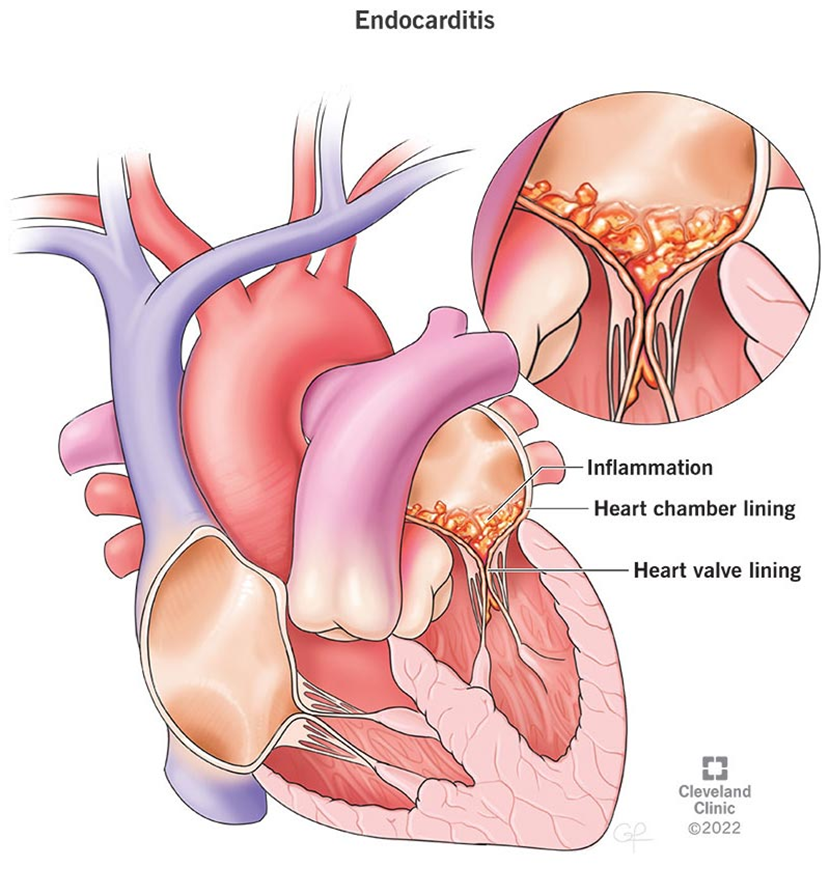The nurse is caring for a client who was admitted to the emergency department following a head-on motor vehicle crash. The client is unresponsive, has respirations of 22/min, and a bleeding laceration to the forehead. Which of the following is the priority nursing action at this time?
Establish IV access and start fluid replacement.
Insert nasogastric tube.
Keep neck stabilized.
Monitor pulse and blood pressure frequently.
The Correct Answer is C
Choice A Reason:
Establishing IV access and starting fluid replacement is important for maintaining hemodynamic stability, especially if there is significant blood loss. However, it is not the immediate priority in this scenario. Ensuring the neck is stabilized takes precedence to prevent potential spinal cord injury.
Choice B Reason:
Inserting a nasogastric tube is not a priority in the acute management of a trauma patient with a head injury. This procedure can be deferred until the patient's airway and cervical spine are secured and other life-threatening conditions are addressed.
Choice C Reason:
Keeping the neck stabilized is the priority action. In a trauma patient with a head injury, there is a high risk of cervical spine injury. Stabilizing the neck prevents further damage to the spinal cord, which could result in paralysis or other severe complications.
Choice D Reason:
Monitoring pulse and blood pressure frequently is essential for assessing the patient's hemodynamic status. However, it is not the immediate priority over stabilizing the cervical spine. Once the neck is stabilized, continuous monitoring of vital signs should follow.
Nursing Test Bank
Naxlex Comprehensive Predictor Exams
Related Questions
Correct Answer is D
Explanation
Choice A Reason:
Consuming a diet high in vitamin K to promote clotting is not typically recommended for patients with DIC. While vitamin K is essential for clotting, DIC involves both excessive clotting and bleeding. Increasing vitamin K intake could exacerbate clotting issues without addressing the underlying imbalance.
Choice B Reason:
Stopping all medications to prevent interactions with clotting factors is not advisable. Patients with DIC often require medications to manage their condition, including anticoagulants and treatments for the underlying cause. Discontinuing all medications could lead to uncontrolled symptoms and complications.
Choice C Reason:
Engaging in physical activity to promote blood flow is generally beneficial for overall health, but in the context of DIC, it must be approached with caution. Physical activity can increase the risk of injury and bleeding, which is a significant concern for patients with DIC. Therefore, any exercise regimen should be carefully monitored and tailored to the patient's condition.
Choice D Reason:
Avoiding activities that may cause injury or bleeding is crucial for patients with DIC. Due to the risk of spontaneous bleeding and the potential for minor injuries to lead to significant blood loss, patients must take precautions to minimize these risks. This includes avoiding contact sports, using soft-bristled toothbrushes, and being cautious with sharp objects.
Correct Answer is B
Explanation
Choice A Reason:
Reduced blood pressure is not a specific complication of infective endocarditis. While hypotension can occur in severe cases due to septic shock, it is not a hallmark of the disease. Infective endocarditis primarily affects the heart valves and can lead to embolic events, heart failure, and other complications.
Choice B Reason:
Osler's nodes are a classic sign of infective endocarditis. These are painful, red or purple, raised lesions found on the hands and feet. They are caused by immune complex deposition and are indicative of the systemic nature of the infection. Their presence can help in the clinical diagnosis of infective endocarditis.
Choice C Reason:
Clear lung sounds are not a complication of infective endocarditis. In fact, clear lung sounds would generally indicate that there is no pulmonary involvement or congestion. Complications of infective endocarditis are more likely to involve the heart, kidneys, and other organs through embolic events.
Choice D Reason:
Increased appetite is not associated with infective endocarditis. Patients with this condition often experience symptoms such as fever, fatigue, and weight loss due to the chronic infection. Increased appetite would be an unusual finding and not related to the disease process.

Whether you are a student looking to ace your exams or a practicing nurse seeking to enhance your expertise , our nursing education contents will empower you with the confidence and competence to make a difference in the lives of patients and become a respected leader in the healthcare field.
Visit Naxlex, invest in your future and unlock endless possibilities with our unparalleled nursing education contents today
Report Wrong Answer on the Current Question
Do you disagree with the answer? If yes, what is your expected answer? Explain.
Kindly be descriptive with the issue you are facing.
